Letter of Agreement Template for Effective Agreements
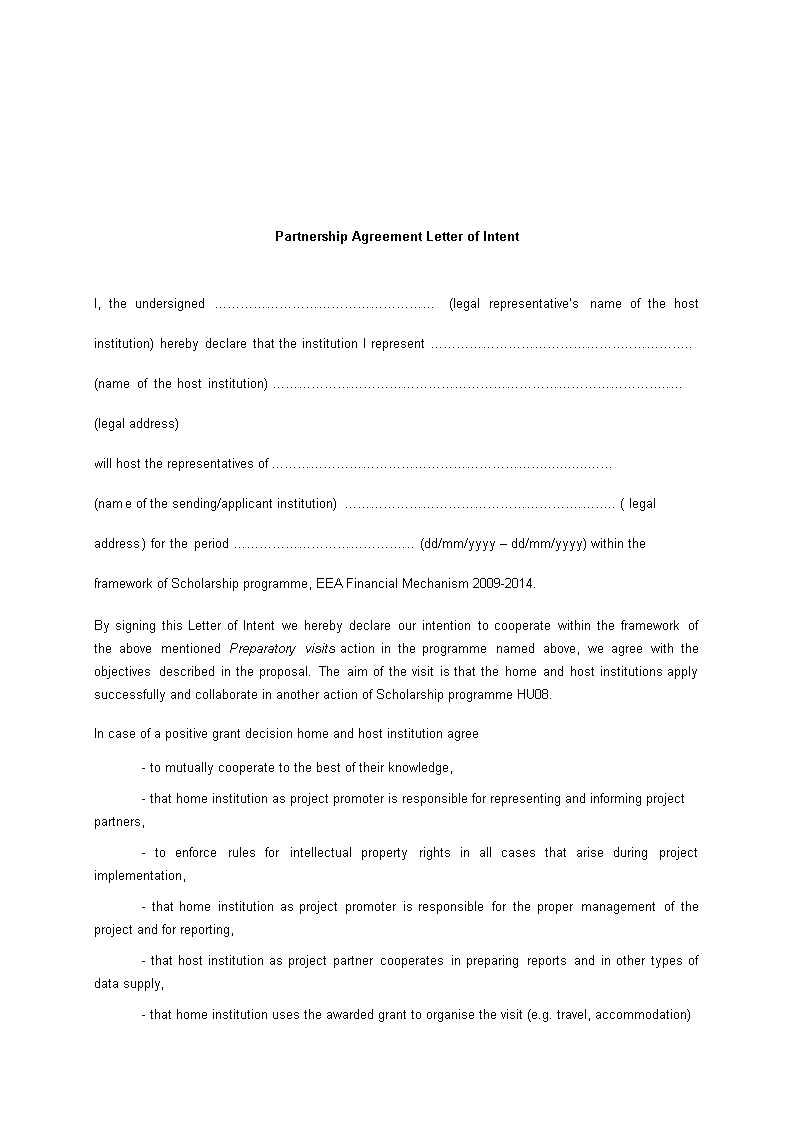
When entering into any kind of understanding, it’s crucial to ensure that all terms and conditions are clearly outlined. A well-structured written record helps both parties avoid misunderstandings and provides a clear reference point in case of disputes. This kind of document establishes mutual expectations, legal responsibilities, and commitments in a professional manner.
Essential Parts of a Professional Document
Every solid document should contain key elements to ensure clarity and thoroughness. These include:
- Identification of the Parties: Clearly state who is involved in the arrangement.
- Terms and Conditions: Outline the specific actions, obligations, and responsibilities each party will fulfill.
- Timeframe: Specify any deadlines, timelines, or durations relevant to the understanding.
- Compensation or Consideration: Mention the payment terms or other forms of compensation agreed upon.
- Signatures: Both parties must provide signatures to confirm the terms are agreed upon.
Customization to Fit Specific Needs
Although a standard structure exists, customization allows each document to meet the unique needs of the parties involved. You can modify sections based on specific circumstances, such as the nature of the work, the value of the exchange, or specific provisions related to performance and results. Tailoring the content helps in creating a more accurate and relevant understanding.
Important Legal Considerations
Even though the process of drafting a document may seem simple, legal aspects play a crucial role in ensuring its validity and enforceability. It’s important to ensure that the terms are clear, precise, and in compliance with applicable laws to avoid issues in the future. Consulting with a legal professional can help verify that the document is structured correctly and meets legal requirements.
Benefits of a Well-Structured Document
A clearly written agreement offers numerous advantages for all involved parties:
- Clarity and Transparency: Everyone understands their rights, duties, and expectations.
- Dispute Prevention: With well-defined terms, the chance of misunderstandings or disputes is minimized.
- Professionalism: Demonstrating careful planning fosters trust and mutual respect.
Common Mistakes to Avoid
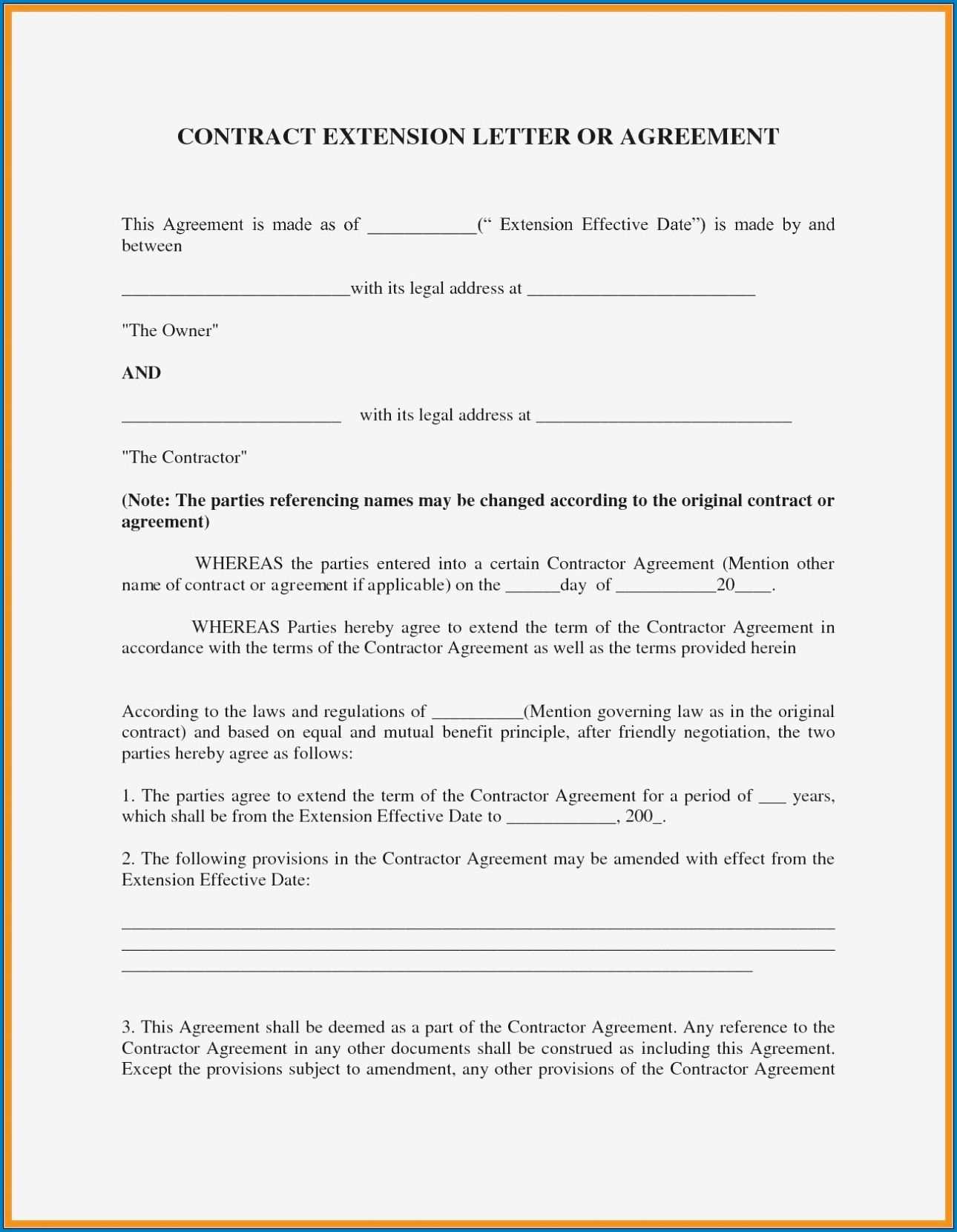
While preparing your document, be sure to avoid these common pitfalls:
- Vague Language: Avoid unclear or ambiguous phrasing that could lead to confusion.
- Missing Key Details: Omitting important terms like timelines or compensation could lead to future disagreements.
- Lack of Signatures: Both parties should sign the document to validate it legally.
With the right approach, crafting a detailed, clear, and professional document will ensure a smooth and successful collaboration between parties.
Understanding the Importance of Clear Contracts and Documents
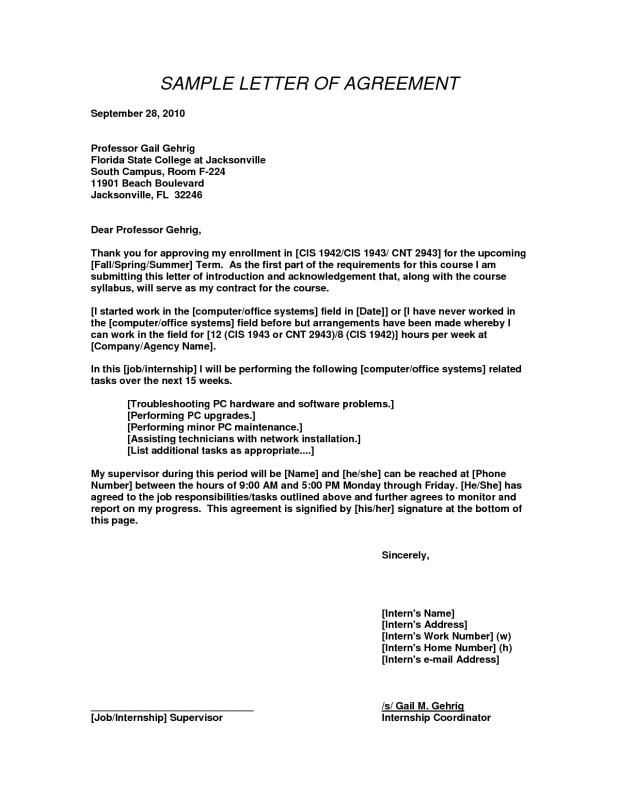
When entering into any mutual understanding, having a written record ensures that both parties are aligned with the terms and conditions. This document serves as a protective measure, offering a detailed outline of the responsibilities, expectations, and commitments of each participant. By formalizing the relationship, the risk of disputes or misunderstandings is minimized.
Key Components to Include in Your Document
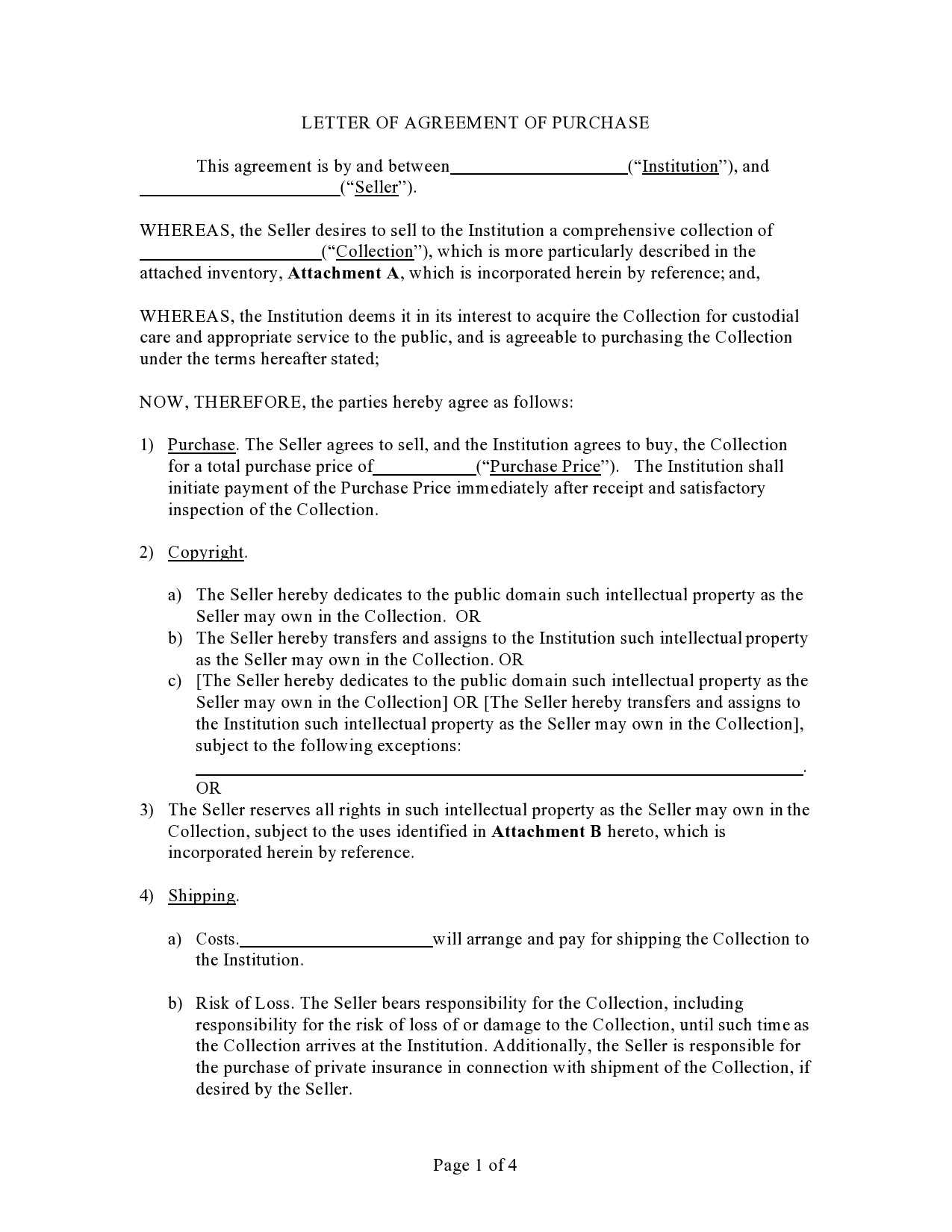
A comprehensive and well-organized contract must include certain crucial sections to be effective and binding:
- Parties Involved: Clearly identify who the signatories are and their roles.
- Responsibilities: Define each party’s obligations and expectations in detail.
- Timeline: Specify start dates, deadlines, or project milestones.
- Payment Terms: Outline compensation methods, amounts, and payment schedules.
- Signatures: Ensure both parties sign the document, confirming their commitment.
How to Personalize a Contract
While many contracts follow a standard framework, it is important to tailor them to suit the specific needs of the situation. Adjust sections to address unique circumstances, such as deliverables, special provisions, or specific payment terms. Personalizing these details ensures the document reflects the true intentions of both parties.
Customization also helps clarify any nuances or expectations that are important but may not fit neatly into a generic structure. This ensures that the agreement is as clear and relevant as possible.
Legal Aspects of Contracts
For any agreement to be enforceable, it must comply with the legal requirements of the jurisdiction in which it is being executed. This includes clear language, the inclusion of required clauses, and appropriate signatures. Failure to adhere to these legal standards may result in the document being invalid or unenforceable in court. It is highly recommended to consult with legal professionals to ensure all aspects of the contract are in line with the law.
By paying attention to legal details, the document becomes a stronger tool for both parties, providing a reliable reference in case any issues arise.
Common Errors to Avoid in Contracts
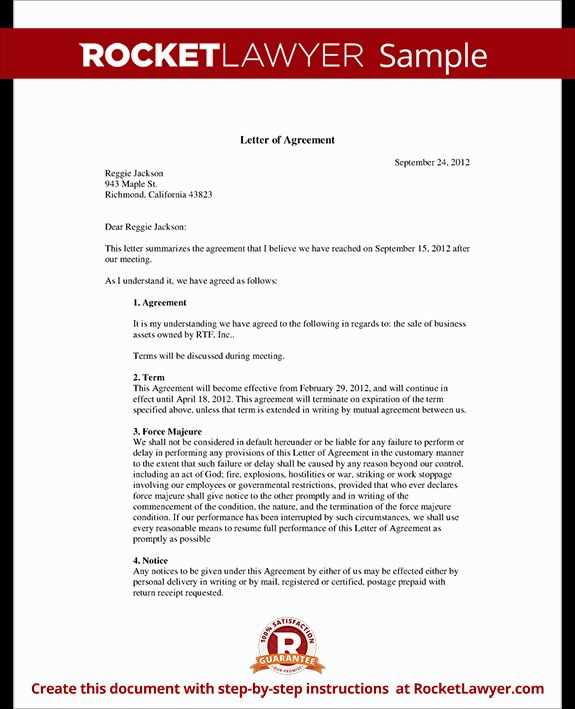
While drafting a contract, be mindful of the following pitfalls:
- Vague Language: Ambiguous terms can lead to confusion or misinterpretation.
- Omitting Critical Information: Failing to mention important details such as deadlines or compensation can create future problems.
- Lack of Signatures: Ensure both parties sign the document to make it legally binding.
Advantages of Using a Well-Structured Document
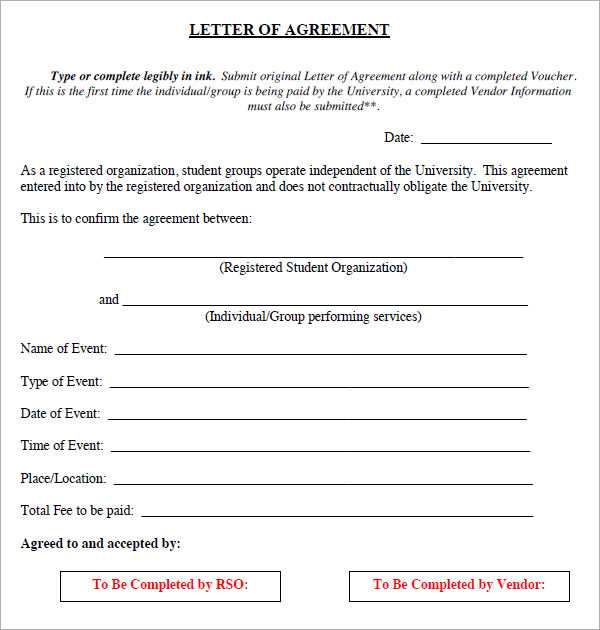
Having a professionally written and clearly defined contract offers numerous benefits:
- Clarity: Both parties understand their rights and responsibilities without confusion.
- Dispute Prevention: Clear terms reduce the likelihood of misunderstandings that could lead to legal action.
- Professionalism: A well-organized document reflects the seriousness of the arrangement and fosters trust.
In the long run, these advantages contribute to a smooth, successful partnership and provide a clear path to resolve any potential issues. By ensuring that both parties are on the same page, a well-constructed document enhances the effectiveness of the collaboration.